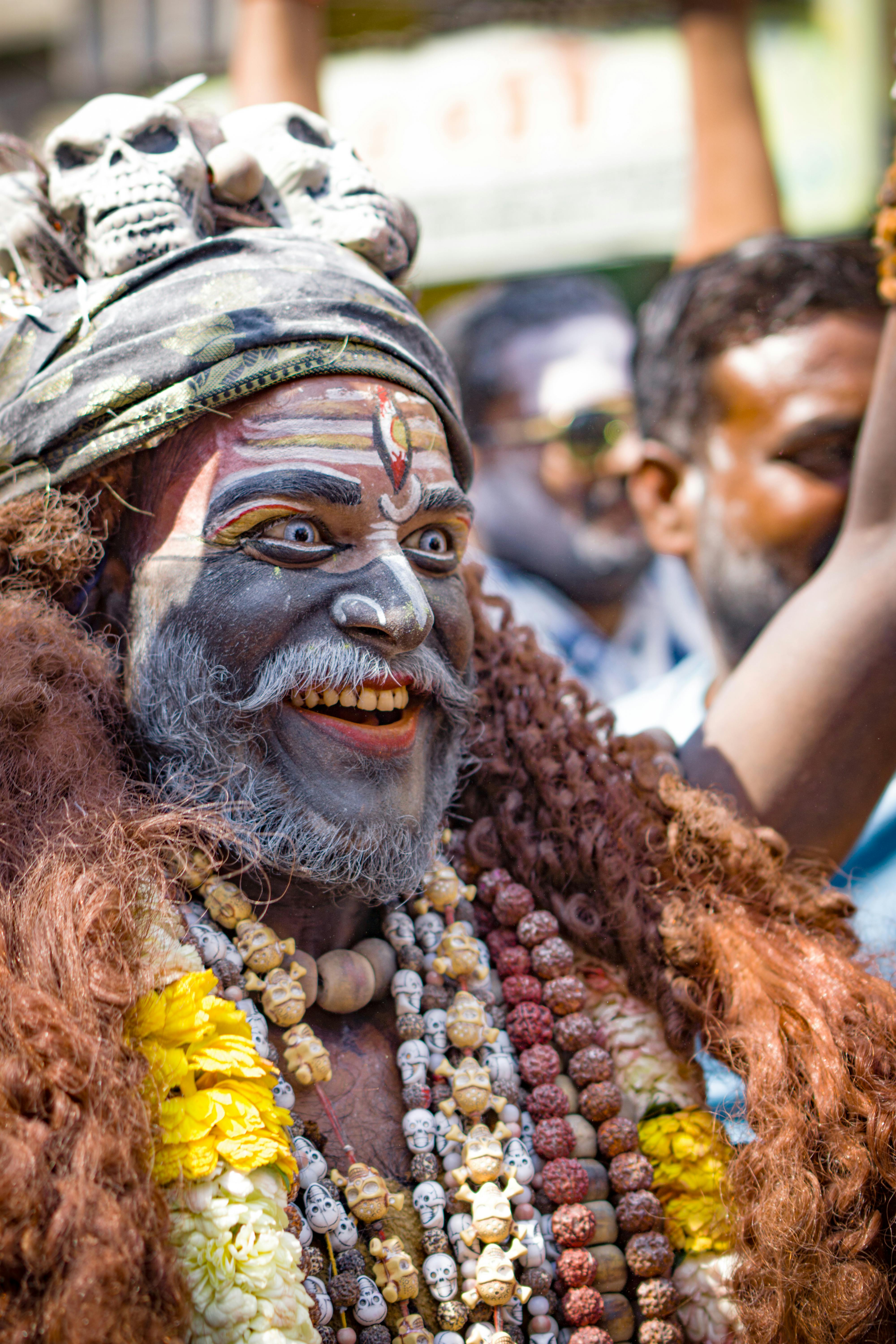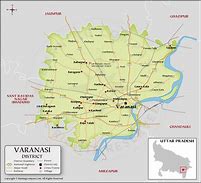History
Varanasi is one of the world's oldest continually inhabited cities. Its ancient name, Kashi, meaning "to shine," established it as a "City of Light" and an eminent seat of learning for over 2,500 years. Throughout its history, the city has been a center for religious, artistic, and intellectual activity. In the 8th century, Adi Shankara established the worship of Shiva as an official sect of Varanasi, cementing its status as a primary center for Shaivism. The city thrived through the medieval period and saw the construction of many of its modern temples and ghats during the 18th century under the patronage of Maratha and Bhumihar rulers.


